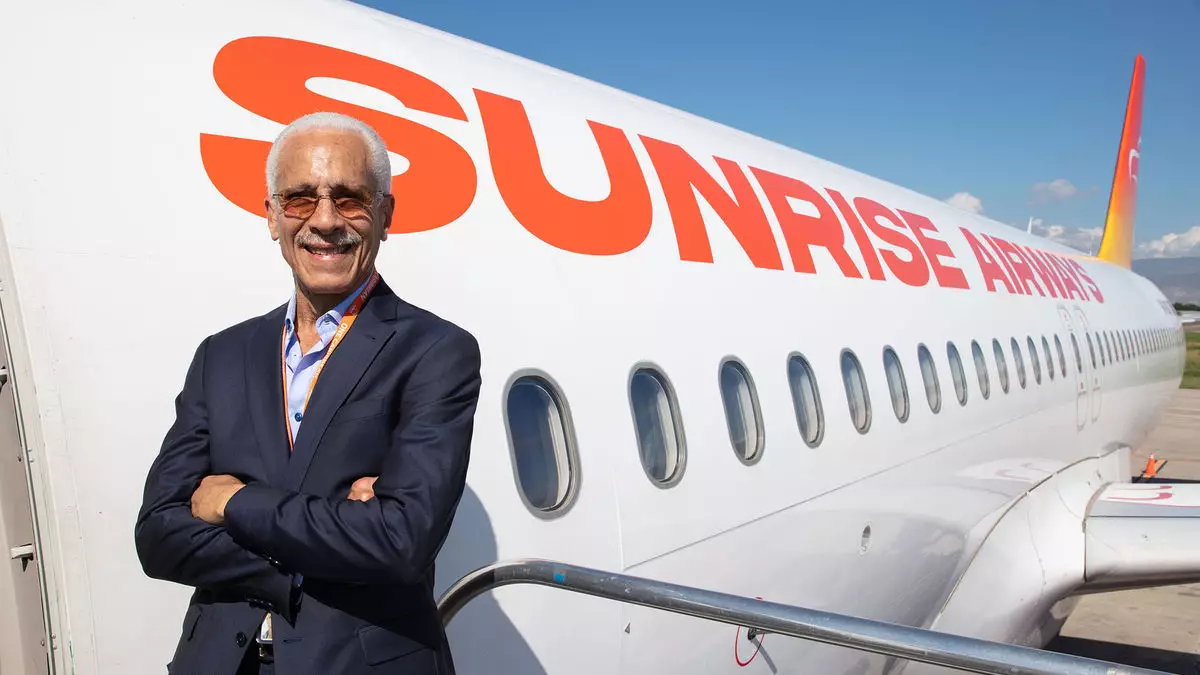As we approach 2025, the Caribbean offers a tantalizing promise for growth and transformation in interisland tourism. Historically, this vibrant region has faced numerous impediments: high flight costs, inconvenient layovers, and limited routes have hampered travel between its stunning islands. However, a burgeoning optimism is cultivating the possibility that enhanced connectivity can redefine Caribbean tourism, enabling both local adventurers and international travelers to explore a multitude of islands seamlessly. With ongoing discussions about increasing flight access and regional airline collaboration, this transformation seems plausible, but it will require concerted efforts from both the travel industry and government bodies.
At the heart of the issue lies the crucial aspect of airlift. As Nicola Madden-Greig, the former president of the Caribbean Hotel & Tourism Association (CHTA), pointed out, the existing challenges of air travel and ticket prices have stunted growth in Caribbean tourism. Airlines such as InterCaribbean, Caribbean Airlines, and Cayman Airways have begun to expand their regional networks, offering hope that increased competition may gradually lower travel costs. Additionally, Bahamas Air’s entry into the Jamaican air travel market marks another important step in fostering easier inter-island connectivity, yet the struggle remains significant. Travelers still encounter hurdles that can deter even the most dedicated globe trotters.
Madden-Greig’s insights underscore the untapped opportunity for the Caribbean to promote itself as a multidestination hub, paralleling European travel experiences. The Caribbean, unlike many regions, is composed of diverse cultural and geographical panoramas ranging from lush mountains to pristine beaches. Promoting such variety is vital for attracting both long-haul visitors looking for adventure and nearer travelers seeking a rich cultural experience. Awareness campaigns, fam trips showcasing different islands, and collaborative marketing strategies can better position the Caribbean as a comprehensive travel destination rather than just a collection of isolated getaways.
Facing Reduced Accessibility and High Costs
Despite the regional optimism, key figures within the aviation industry, like Claudio Buncamper, COO of Sunrise Airways, illustrate significant challenges still loom over interisland travel. Travelers are forced into inconvenient layovers and unplanned overnight stays, which complicates trip planning and can dissuade visitors. Aiming to simplify this process, Sunrise Airways is expanding its offerings with direct routes to locations such as Antigua and St. Lucia in a bid to create a seamless travel experience. However, Buncamper candidly acknowledges that longer routes often come with higher operating costs, exacerbated by tax burdens levied by regional governments that can dramatically inflate ticket prices. These economic realities can make connecting flights prohibitively expensive for the average traveler.
The tax implications associated with interisland travel remain a critical barrier that must be addressed to realize the Caribbean’s potential as a multi-destination hotspot. Experts like Steve Bennett from Uncommon Caribbean have voiced concerns regarding the excessive taxes imposed on air travel. Without substantial revisions to these tax structures and the implementation of open-skies agreements, the Caribbean risks stifling its own economic growth and inter-regional tourism. As it stands, disparities in taxation across different islands could account for a staggering 60% of the ticket price, which frustrates efforts to cultivate a thriving interisland travel network.
Despite prevailing challenges, the future of interisland travel appears promising as airlines like InterCaribbean, Winair, and the new LIAT 2020 prepare to introduce or expand their regional services. This burgeoning growth reflects a collective effort to increase route options and flight frequency, making travel between islands more accessible. The ultimate measure of success will hinge on bringing down ticket prices and empowering both local residents and tourists to traverse the Caribbean effortlessly.
In closing, the Caribbean stands at a pivotal moment, with a growing consensus on the need for collaboration among airlines, tourism boards, and regulatory bodies. The push toward improved connectivity could transform the travel experience for countless adventurers in 2025 and beyond. While the obstacles to transformation are real, the path forward is becoming clearer. As the industry continues to embrace unity and coordination, the Caribbean can open its doors wide, inviting travelers to experience the rich tapestry of islands that make up this enchanting region. The call to action is clear: the Caribbean needs to prioritize strategic partnerships and tax reforms to unlock its potential and foster a holistic, multidestination travel experience.


Leave a Reply